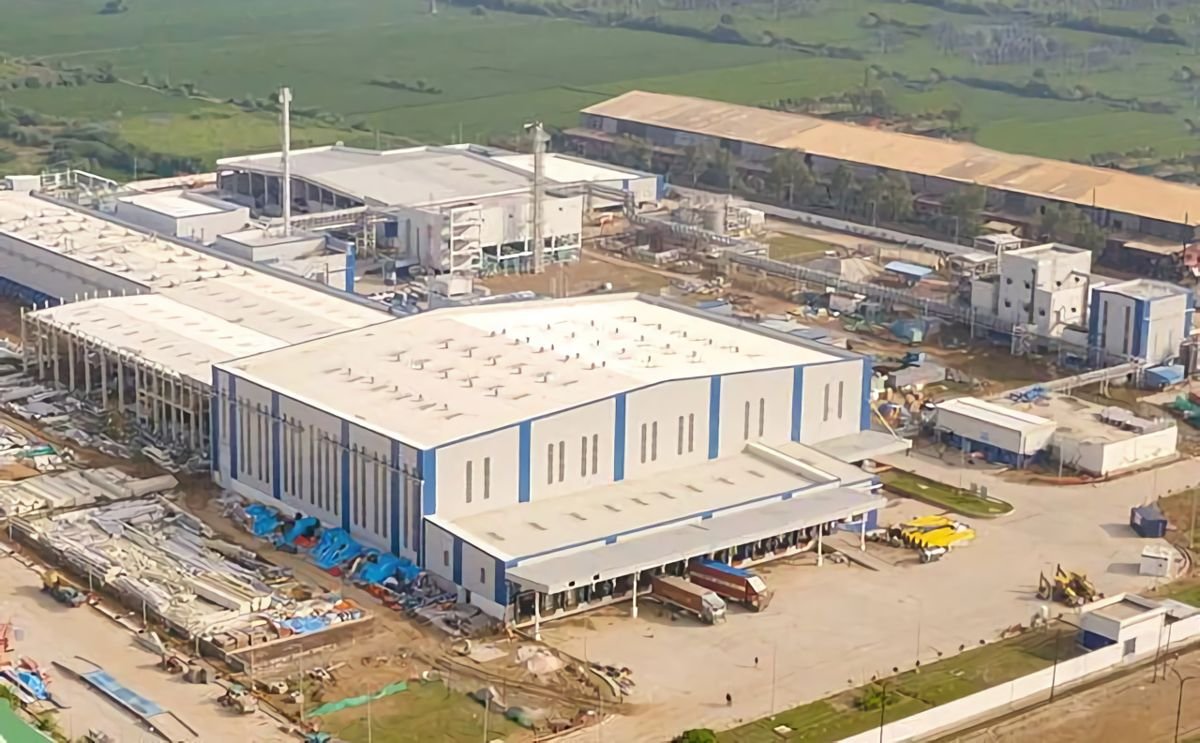- Changing from one production method to another can be a daunting task for businesses.
- The decision to change production methods can be driven by the need to increase efficiency, improve product quality, or reduce costs.
- However, the transition can be challenging and involves several factors that need to be carefully considered.
Reasons for changing the production method
- Changes in customer demand: If there is a significant shift in customer preferences, the production method may need to be changed to meet the new demands. For example, if customers are now demanding more customized products instead of standardized products, a business may need to change its production method from line or flow production to batch or job production.
- Technological advancements: Advancements in technology may require a change in production methods to improve efficiency, reduce costs, or enhance the quality of products. For example with the introduction of new automated machinery and software, a business may need to change its production method to flow or continuous production to take advantage of the new technology.
- Cost considerations: Changes in the cost of labour, raw materials, or energy may make it necessary to change the production method to reduce costs and maintain profitability. Example: If the cost of raw materials increases significantly, a business may need to change its production method to reduce waste and increase efficiency to keep costs down.
- Regulatory requirements: Changes in regulations or laws may require a business to change its production method to meet new standards or compliance requirements.Example: If new environmental regulations require businesses to reduce their carbon footprint, they may need to change their production method to one that is more environmentally friendly, such as flow or continuous production.
- Competitive pressure: Competition may require a business to change its production method to remain competitive, particularly if competitors are using more efficient or cost-effective methods. Example: If competitors are using more automated or advanced production methods, a business may need to change its production method to keep up with the competition and maintain market share.
Challenges faced when changing from one production method to another:
- Re-training employees: When changing production methods, employees may need to be re-trained to adapt to the new process. This can be time-consuming and costly for businesses. For example, if a business decides to switch from job production to flow production, employees who were previously responsible for a specific task in the job production process may need to be trained on different machines and processes.
- Investment in new machinery and equipment: Depending on the production method being adopted, businesses may need to invest in new machinery and equipment. For example, if a business decides to switch from batch production to continuous production, it may need to purchase specialized equipment that can handle the continuous flow of materials and products.
- Production downtime: The transition from one production method to another may result in production downtime, which can impact the business’s revenue and profitability. For example, if a business decides to switch from line production to flow production, it may need to shut down production temporarily to reconfigure the production line.
- Supplier and customer relationships: Changing production methods can also impact relationships with suppliers and customers. For example, if a business switches from batch production to job production, it may need to find new suppliers who can provide smaller quantities of raw materials. Similarly, if a business switches from job production to flow production, it may need to re-negotiate contracts with customers who have become accustomed to customized products.
- Cost: Changing production methods can be expensive. Businesses may need to invest in new machinery and equipment, re-train employees, and incur production downtime. Therefore, it is important to carefully evaluate the costs and benefits of changing production methods before making the decision to switch.
- Resistance to change: Finally, one of the biggest challenges businesses face when changing production methods is resistance to change from employees and management. This can be due to fear of the unknown or a reluctance to leave behind a familiar process that has worked well in the past. Overcoming this resistance to change requires effective communication and training to ensure everyone understands the benefits of the new production method.
Examples:
- A business that previously used job production may decide to switch to batch production to increase efficiency and reduce costs. However, this may require purchasing new machinery and re-training employees, which can be costly and time-consuming.
- A business that previously used line production may decide to switch to flow production to improve product quality. However, this may require shutting down production temporarily to reconfigure the production line, resulting in production downtime and lost revenue.
- A business that previously used batch production may decide to switch to continuous production to increase efficiency. However, this may require a significant investment in specialized equipment and may also impact relationships with suppliers and customers who are accustomed to smaller batch sizes.




